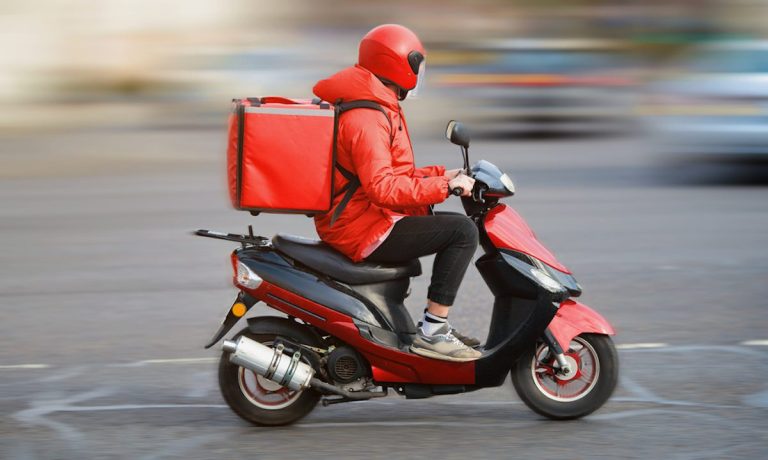
Where once, in the early days of food delivery services, the prospect of getting meals delivered on demand was a powerful draw for consumers, now consumers’ “bring-it-to-me” expectations have grown, and companies that can fulfill only their food needs risk losing out to multi-use competitors.
Gopuff, the Philadelphia-based on-demand delivery service that has focused on the delivery of everyday essentials since the mid-2010s, announced its New York City launch on Wednesday (Oct. 20), promising to meet city residents’ “instant needs” within 30 minutes. Today, the company operates in more than 1,000 cities in the United States and Europe.
“Gopuff put the instant needs category on the map and has spent the last eight years learning how to address the complexities of the business, including the specific needs of each market,” Gopuff Co-founder and co-CEO Rafael Ilishayev said in a statement. “These learnings, coupled with Gopuff’s operational expertise, allows us to ensure that when we enter a new market, the customer experience will be exceptional.”
With the global spread of the instant needs category, the major restaurant and grocery aggregators are taking note, expanding their offerings beyond the food category to compete.
While early forays into this expansion primarily centered on convenience and pharmacy goods (with the notable exception of Instacart’s partnership with crafting store Michael’s), DoorDash has opened up a wide range of possibilities for these on-demand delivery services. The company announced on Wednesday (Oct. 20) that it is releasing a line of clothing and accessories in partnership with Sesame Workshop.
Read more: Michaels Teams With Instacart To Trial Same-Day Delivery
While the line itself may just be a publicity move, the implications are more significant. The on-demand services have for the most part steered clear of most retail categories. With this launch, however, DoorDash is delivering shirts, blankets, face masks, stickers and more.
Additionally, the line is sold through a direct-to-consumer (D2C) online store, another move that reflects what appears to be DoorDash’s long-term intention to offer its own stores and restaurants in competition with its vendors. The delivery service already has an in-house digital convenience store, and it has also been making forays into the ghost kitchen space.
See also: DoorDash Opens Second Virtual Kitchen
The on-demand delivery space is growing, but for now, consumers continue to prefer buy now, get later (BNGL) options over buy now, get now (BNGN) ones. Research from the September report “How We Shop: Brick and Mortar’s Role in the Bring-It-to-Me Economy,” a PYMNTS and Carat from Fiserv collaboration, finds that 91% of consumers make retail purchases from Amazon and 70% of consumers purchase from other nationally-known online marketplaces, while only 52% of consumers purchase retail items from stores using online delivery aggregators.
Related news: 5K ‘Need It Now’ Consumers Tell PYMNTS What They Expect, Value Most From Retailers
Additionally, the BNGL category has grown more in the last year than its on-demand counterpart. Forty-six percent of consumers reported that they have been shopping online from Amazon somewhat or much more than last year, while only 20% have been making retail purchases from aggregators more than last year. For now, consumers are still satisfied getting their retail purchases a day or two later.